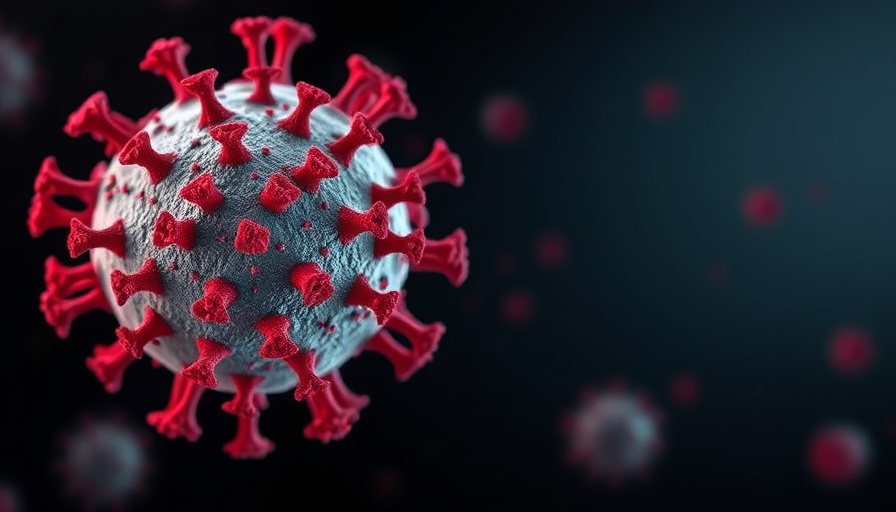
The Dawn of Virtual Scientists: Revolutionizing Research
Imagine a world where artificial intelligence collaborates alongside seasoned researchers to tackle some of the most challenging problems in biology. This is no longer a distant dream, but a reality brought forth by a groundbreaking initiative at Stanford University Medical Center, where researchers have successfully created 'virtual scientists.' These virtual labs harness AI's immense potential to expedite scientific discovery, a necessity now more than ever given the plethora of global health crises.
AI-Powered Collaboration: The New Frontier in Scientific Discovery
At the core of this innovation is a new type of laboratory modeled after existing medical research facilities, where an AI principal investigator (AI PI) directs a team of diverse AI agents. As James Zou, Ph.D., the lead researcher of this revolutionary initiative, emphasizes, “Good science happens when we have deep, interdisciplinary collaborations.” By using large language models, the team has developed systems capable of going beyond simple interactions—they can retrieve valuable data, develop hypotheses, and even brainstorm solutions collaboratively.
The Challenge: Global Health Concerns and Solutions
As we navigate through numerous health challenges, such as the ongoing fallout from viruses like SARS-CoV-2, the need for rapid innovation has never been clearer. Zou's virtual lab recently tackled the urgent task of creating a better vaccine for COVID-19, producing promising results in just a few days. Such speed could significantly change how we respond to emerging health threats in the future.
How Does the Virtual Lab Operate?
The operation of this virtual lab mirrors that of a traditional research lab. A human researcher presents a scientific challenge to the AI PI, which in turn assembles a team of specialized agents—ranging from immunologists to computational biologists. This teamwork aspect is crucial. As Zou states, “In a way, it’s as if you’re training these AI agents to think like top-tier scientists.”
A Bright Future: Implications for Biotechnology
The implications of integrating virtual scientists into biological sciences are vast. We could see a future where innovative solutions in biotech arise at an accelerated pace, drastically improving public health responses and research efficacy. This synergy between biology and robotics not only enhances scientific processes but also redefines what is possible in research.
Rethinking Research: Challenges and Considerations
However, as with any new technology, it is essential to consider the ethical implications of AI in research. How do we ensure that these virtual scientists are operating under strict ethical guidelines? What happens to traditional methods of inquiry? Navigating this landscape will require thoughtful discussions within the scientific community to harness AI's benefits while safeguarding human oversight.
Conclusion: Embrace the Future of Science
The advent of virtual scientists represents a significant leap in how we can approach complex biological problems. As researchers continue to refine this technology, there's hope for a future where rapid advancements in biotech could lead to healthier populations worldwide. It's time for the scientific community to embrace this innovation and explore the limitless possibilities virtual scientists offer.
 Add Row
Add Row  Add
Add 




Write A Comment